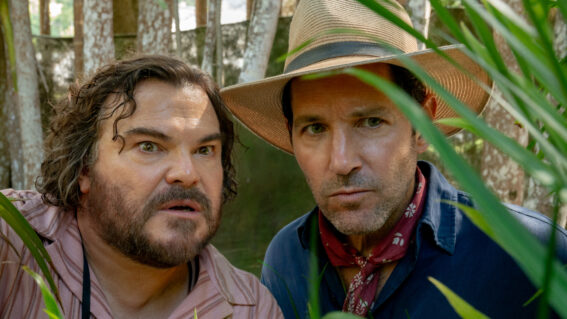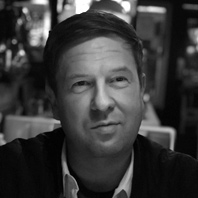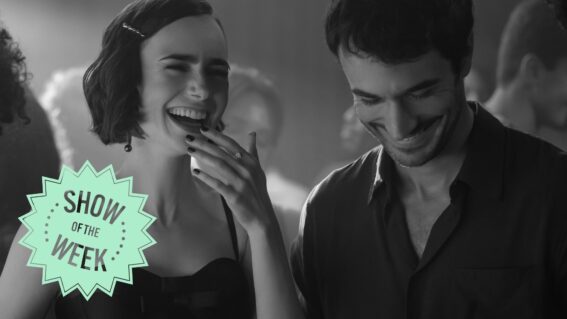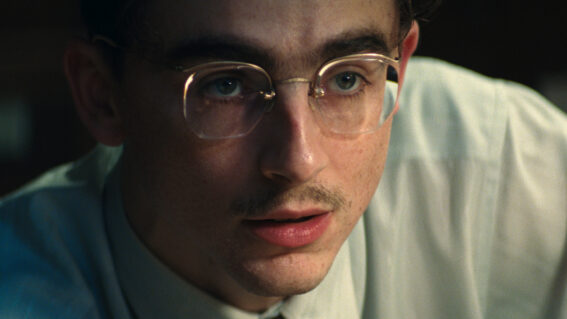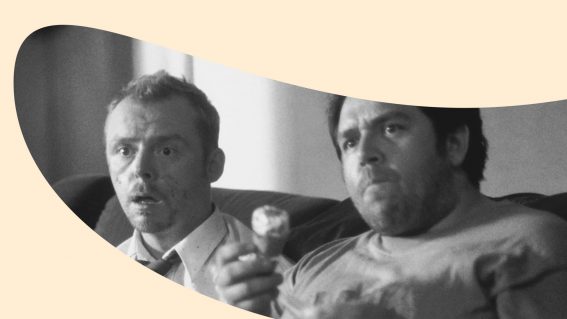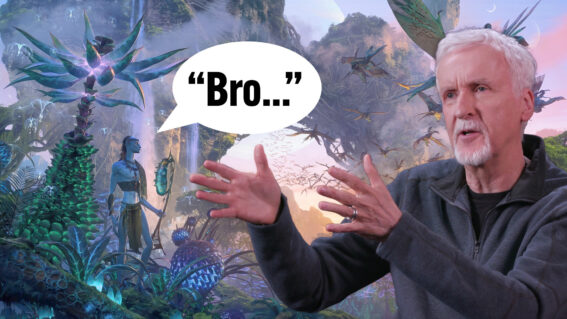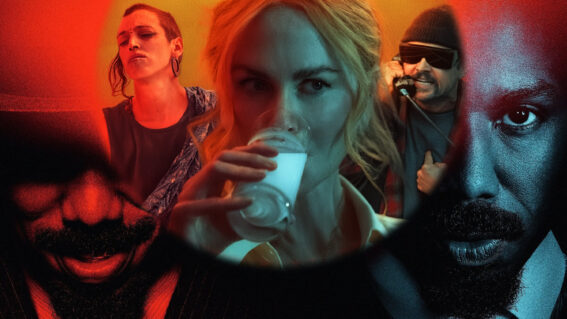The Surfer is Wake in Fright, with waves and wetsuits
Sun-scorched madness brews as Nic Cage battles beach bullies, broken dreams, and brutal Aussie heat.
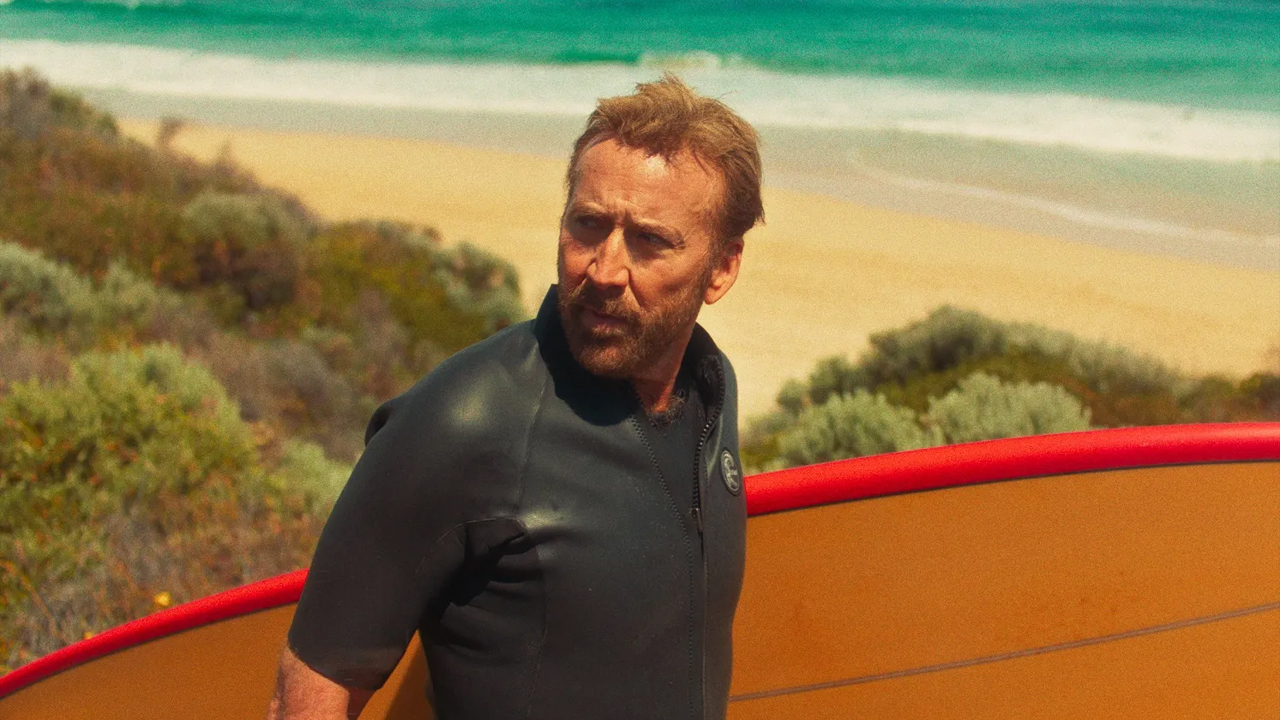
Nicolas Cage melts down in The Surfer, a surreal coastal horror that Luke Buckmaster links to the sweaty terror of Wake in Fright.
Wake in Fright. Wake in Fright. Wake in Fright. For a long time, while watching The Surfer, those three words reverberated in my mind, on repeat like a broken record. This film’s director, Lorcan Finnegan, and writer, Thomas Martin, have obviously seen the sweaty, sunstruck Aussie classic, which famously charts the psychological descent of an English teacher destroyed by heat, grog, and good ol’ fashioned outback hospitality. Its true blue blokes and sheilas seem, however, like angels compared to the scumbags conjured by Martin and Finnegan—a bunch of hoodlums who don’t take kindly to strangers visiting their beach.
Almost all these “Bay Boys” are thinly drawn, one-dimensional characters—malevolence personified. But it doesn’t matter, because it’s clear their role is comparable to ghosts in horror movies: to monster the protagonist, turn the screws, enact a nightmare. Nicolas Cage’s well-to-do protagonist, billed only by the eponymous label, quickly realises that attempting to reason with them is like—to channel the words of a mighty gavel-pounder—trying to teach a pig to sing: “it doesn’t work, and it annoys the pig.”
Like everybody who arrives in their hood, the fictitious Luna Bay, Cage is hit by the local mantra: “don’t live here, don’t surf here.” The problem is, he intends to do both. He grew up in this neck of the woods and, as the film establishes early on, this is where he believes he belongs; where he wants to start again. Thus there are two diametrically opposed sets of motivations: the Bay Boys want him gone tout suite, but The Surfer has been “working my whole life to get back here,” and is intent on purchasing his old family home. Gang leader Scally (Julian McMahon) orders him to leave and “forget this place,” but you know he won’t.
A war erupts, beginning with the theft of the protagonist’s surfboard. When Justin Rosniak (who has mastered the art of playing derro Aussie blokes) appears as a local cop, clearly cushy with the riff-raff, you know the protagonist is going to cop it from every direction. Thus enabling a familiar yet irresistible spectacle: watching Nic Cage go crazy. Want to see him blabber like a madman, go feral, get fried by the sun, become dehydrated, smoked, famished, bruised, bloodied, beaten, broken, hung out to dry? Want to see him munch on eggs from a bird’s nest, and drink beer from a puddle? Of course you do.
The intensity of Cage’s increasingly unhinged performance is matched by Finnegan’s feverish direction. They work in tandem, turning the volume up. The last time Finnegan contemplated the dream of home ownership, in 2019’s Vivarium, it was also a nightmare, with Jesse Eisenberg and Imogen Poots moving into a suburbia where, Twilight Zone style, they could never leave, surrounded every-which way by identical properties, stretching on for infinity.
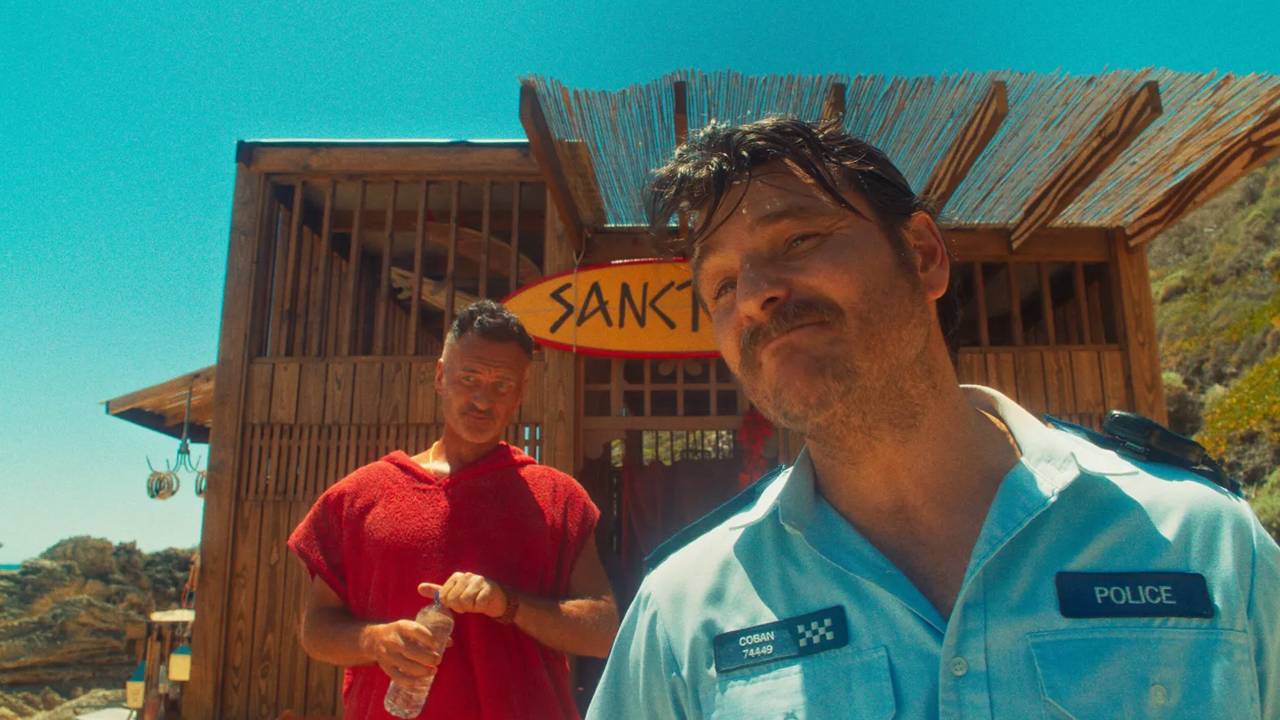
Like that film, The Surfer is audaciously structured, visually interesting, and violently repetitive. The vast majority of the runtime takes place in a car park—and the immediate space around it—which looks onto the beach, signalling a spatial relationship between the protagonist and his dreams. They’re right in front of him, close enough to see and smell, but they’re also in another stratosphere, another reality. The director maintains an ironic touch, cutting to idyllic vision of sand and surf and cranking up the palette with big, juicy, unreal colours—making it clear the beach is a chimera, a mirage; something that only exists in dreams and shampoo commercials.
We wait for Cage to deliver the goods and erupt like a shook-up soft drink can. His performances can be deliciously spasmodic, a series of mini explosions. Here it’s just one, stretched out and slowed down into a constant, hideous state of near-eruption. Just as the Australian film Three Dollars argued that many well-off people are only a couple of paychecks from the poverty line, The Surfer suggests something similar about insanity: that we’re all just a few broken dreams, and a violent mob, and a scorching hot sun, away from the straitjacket. That, again, is very Wake in Fright.









